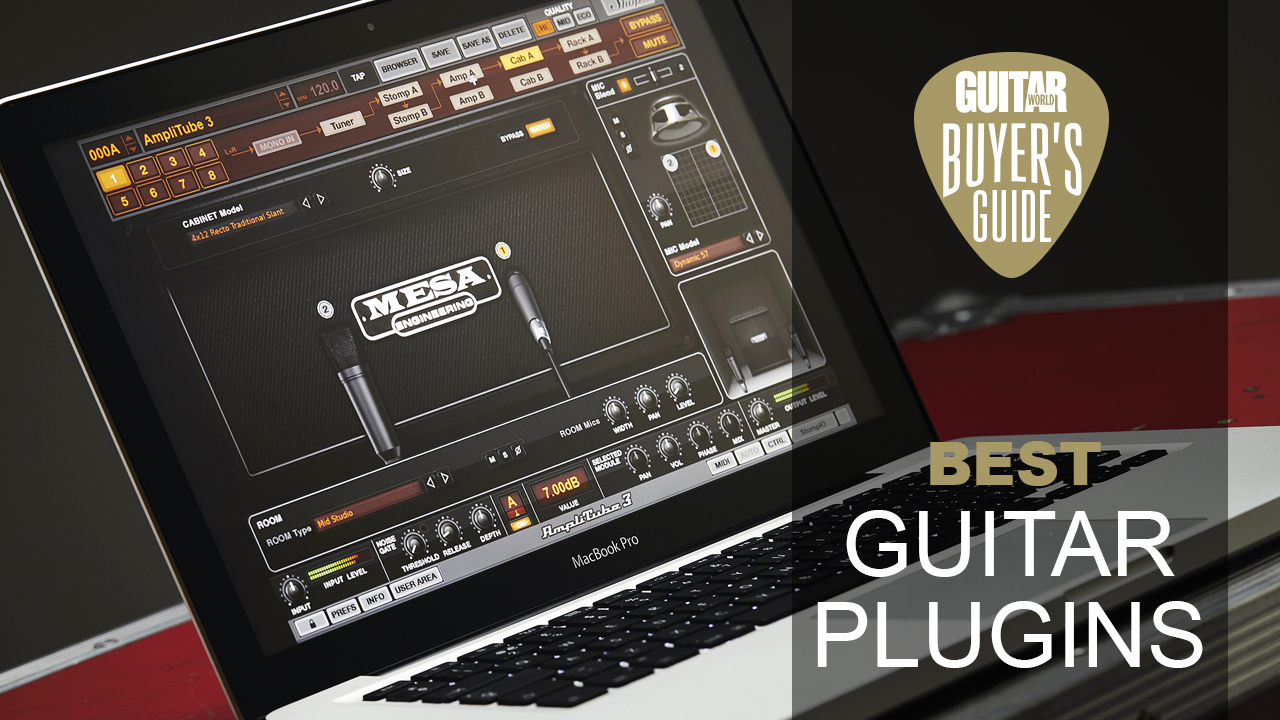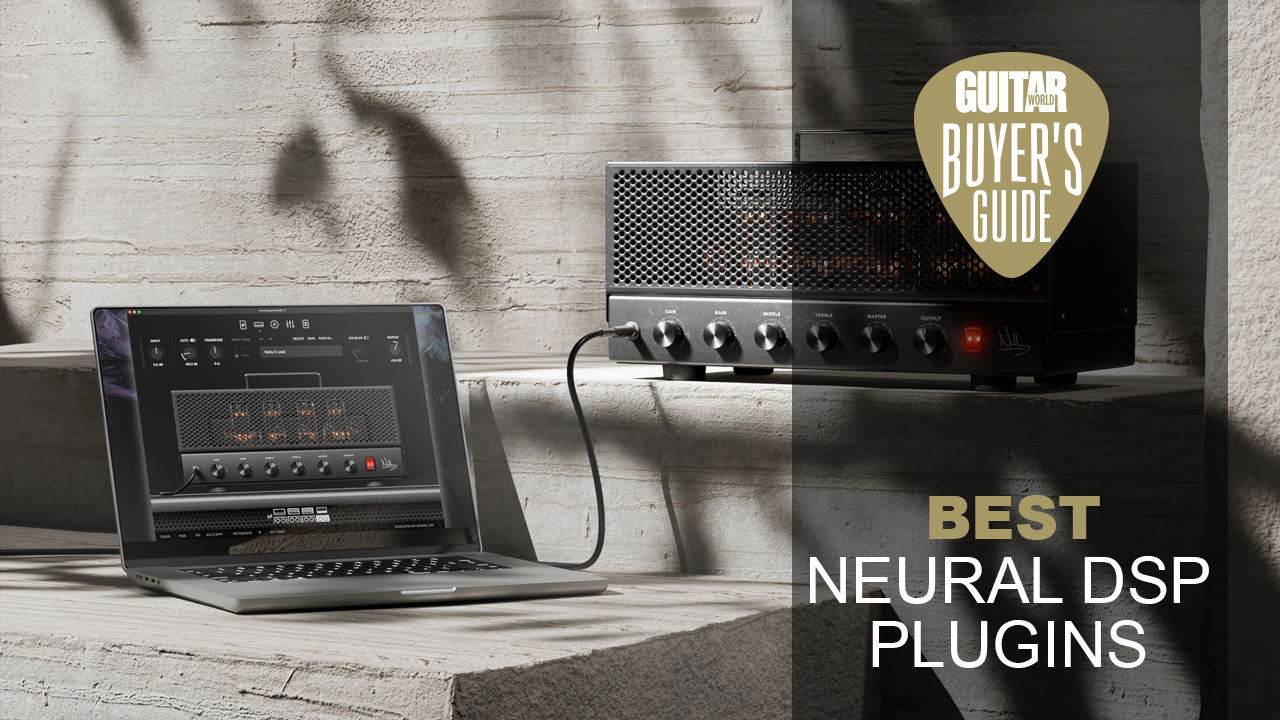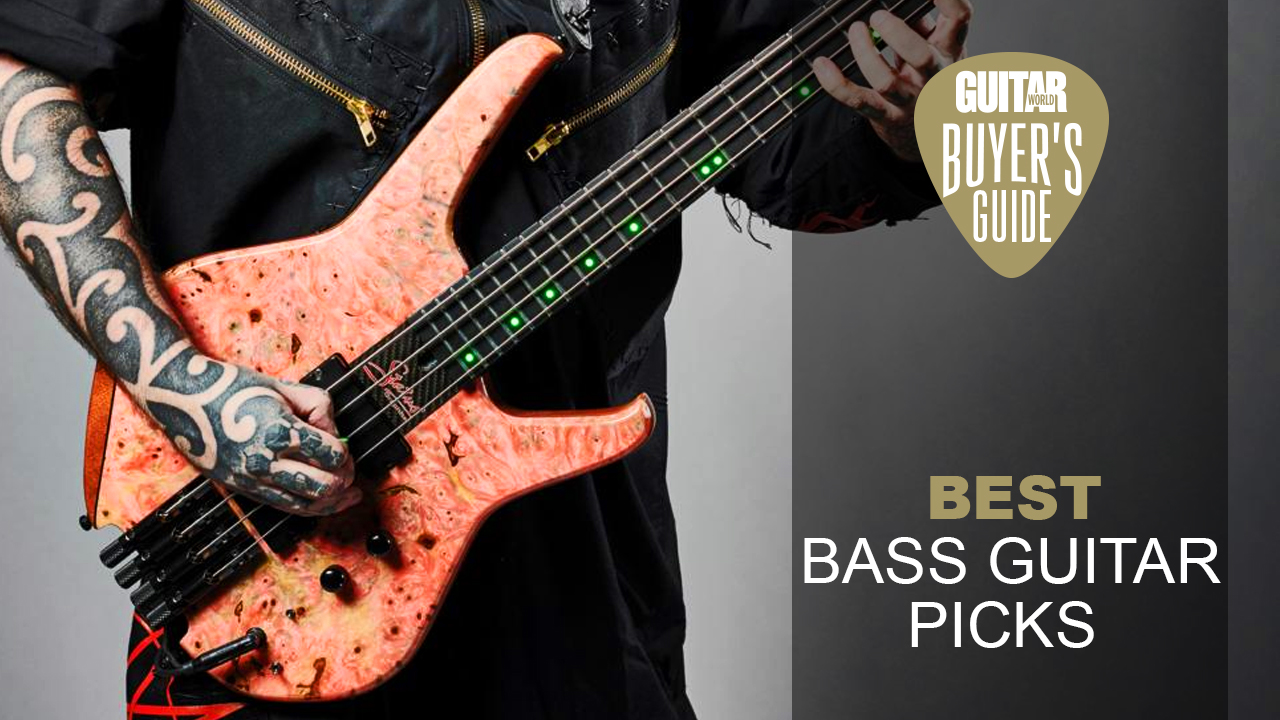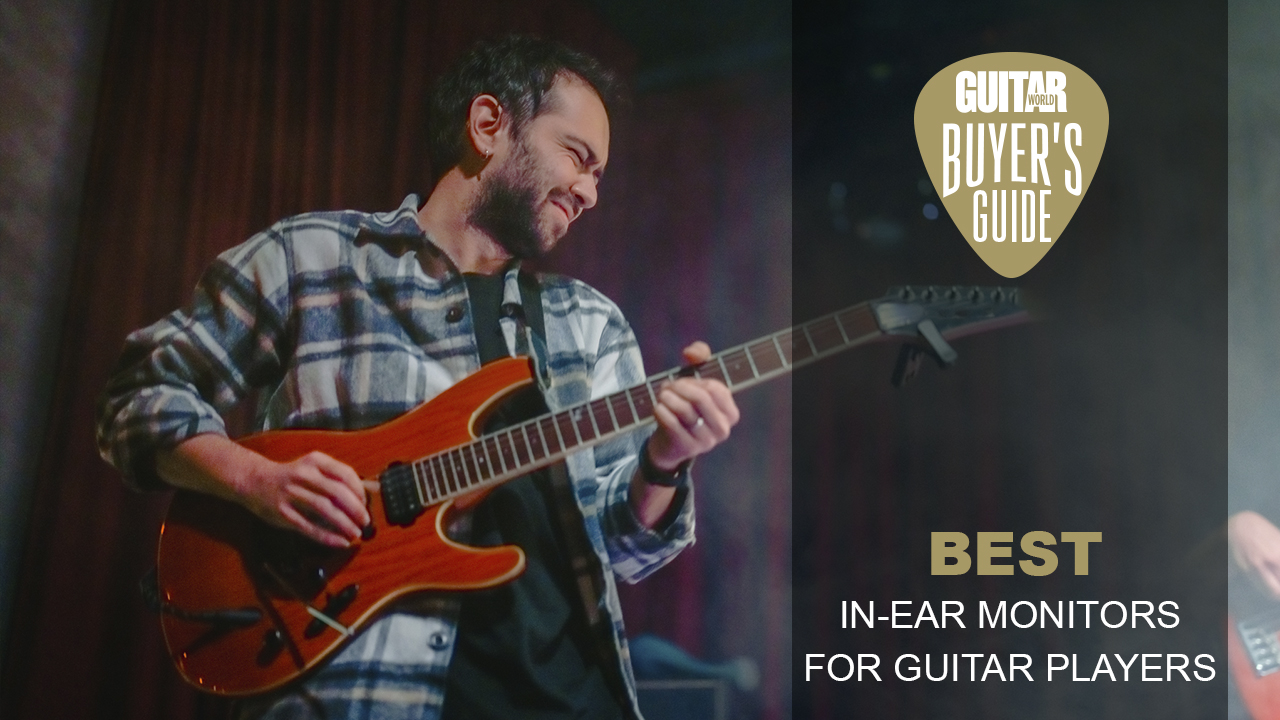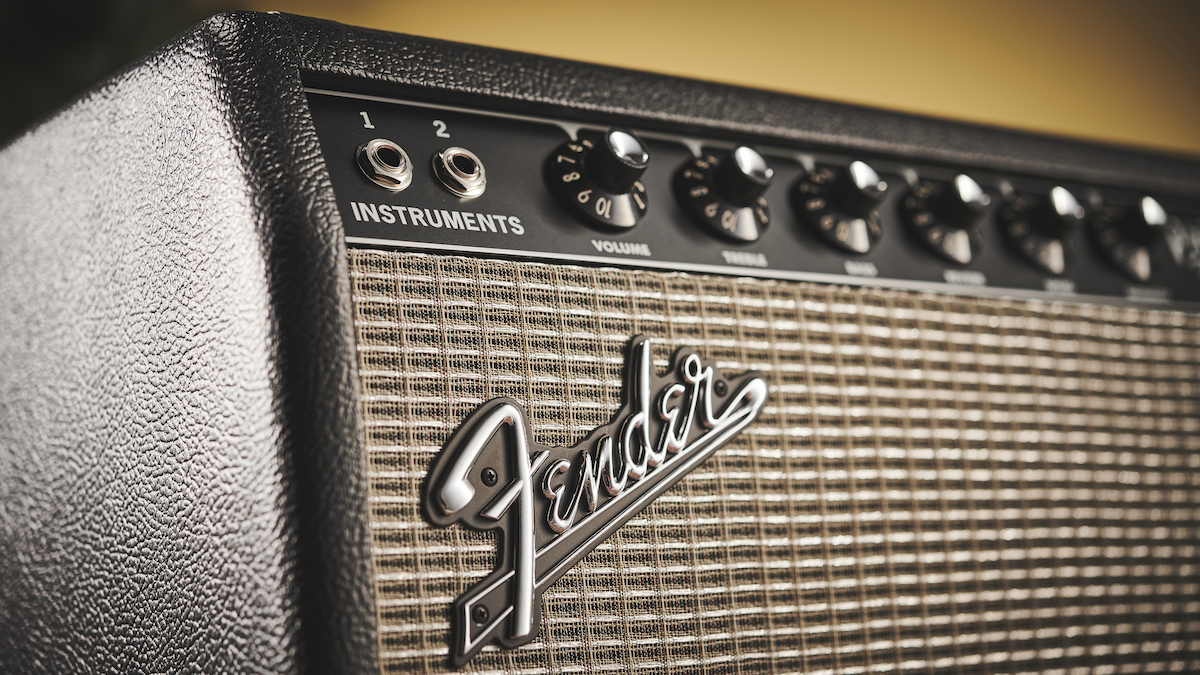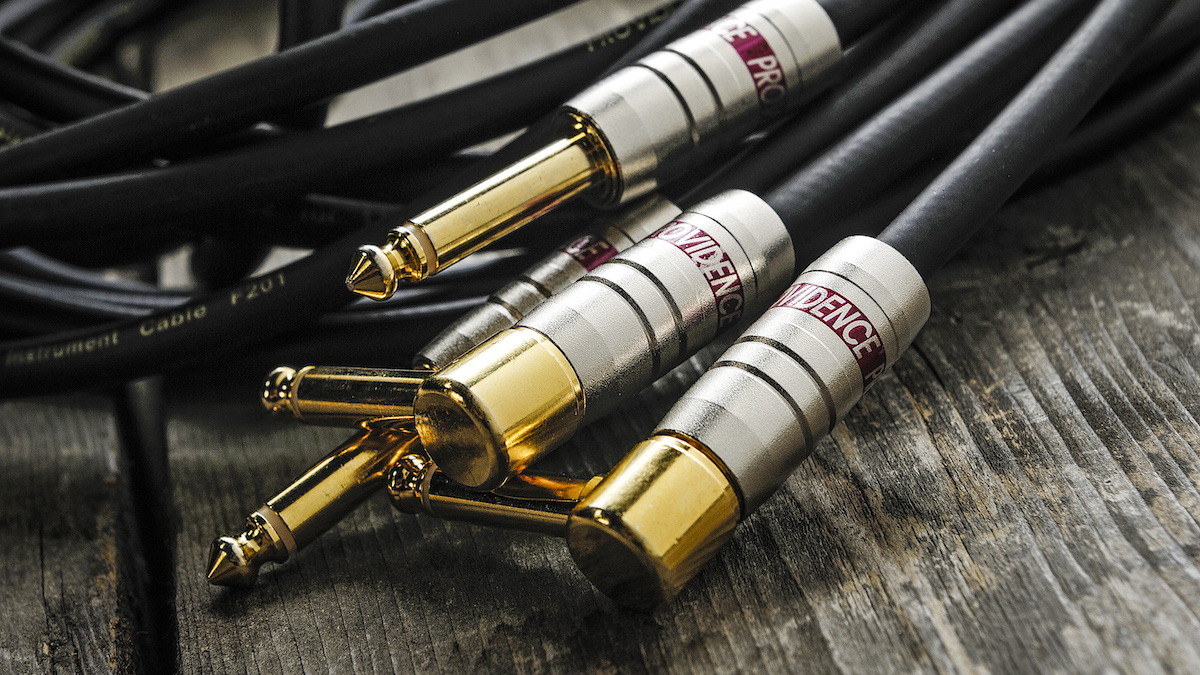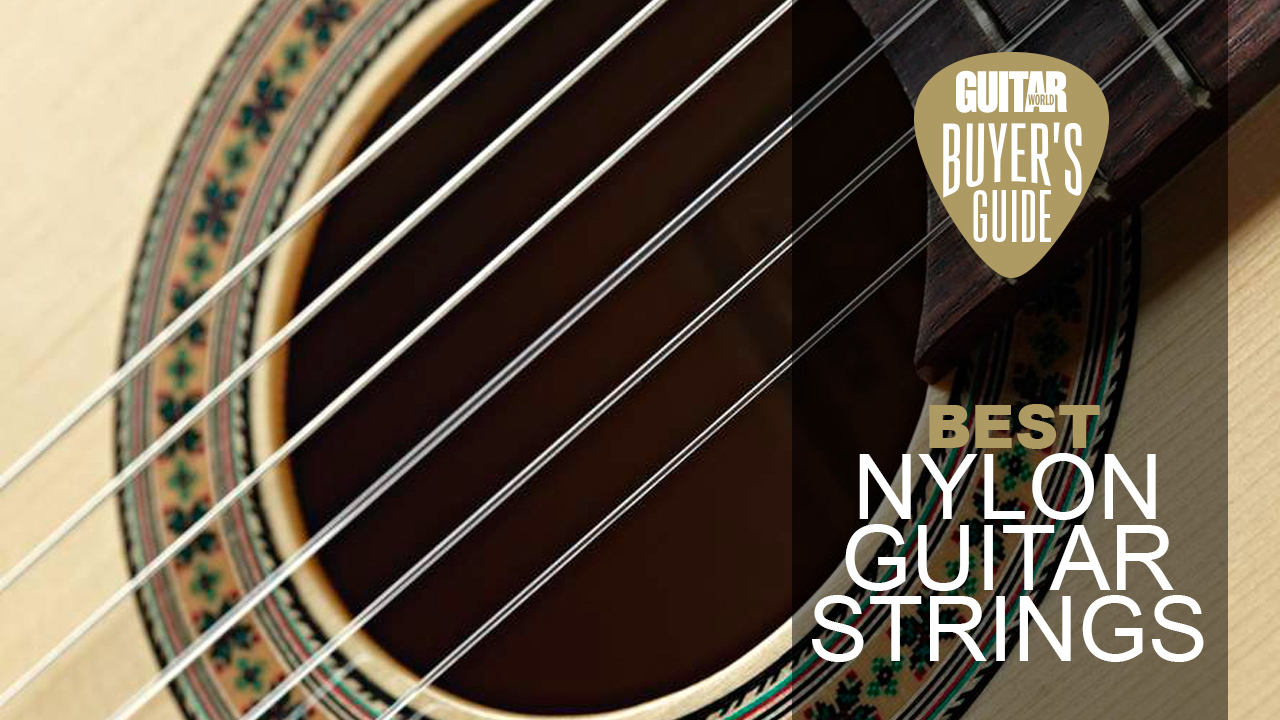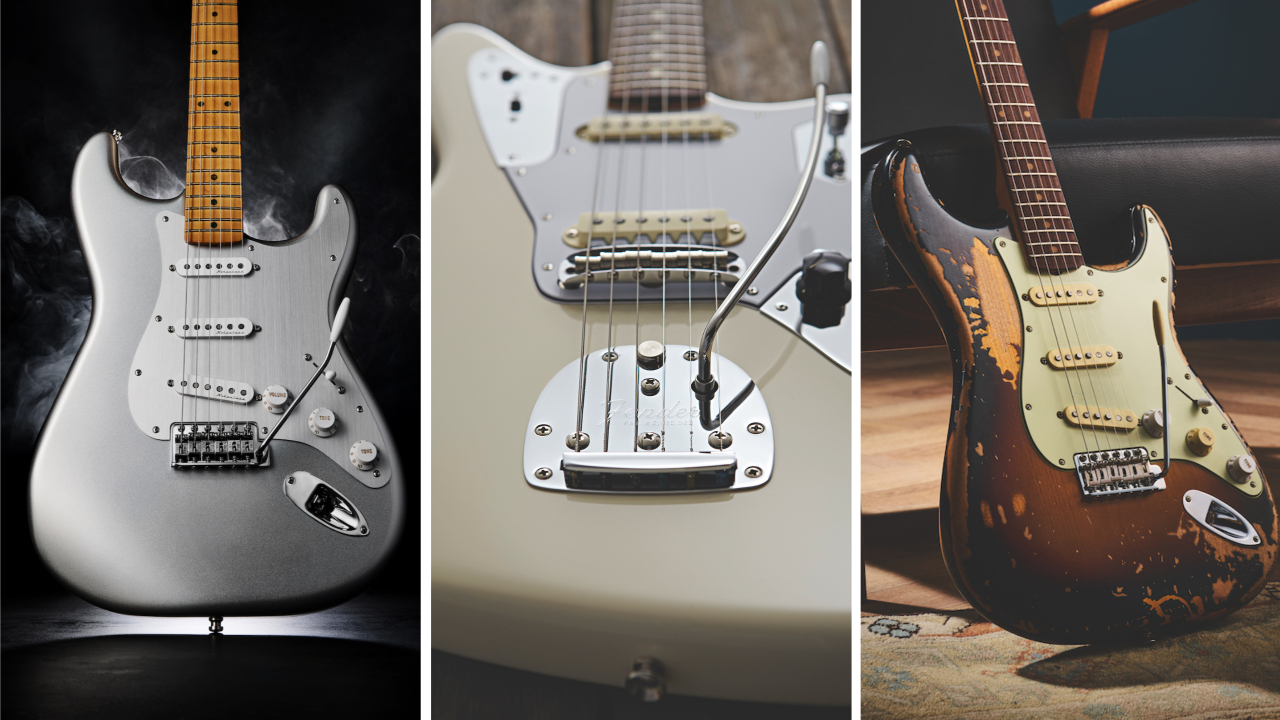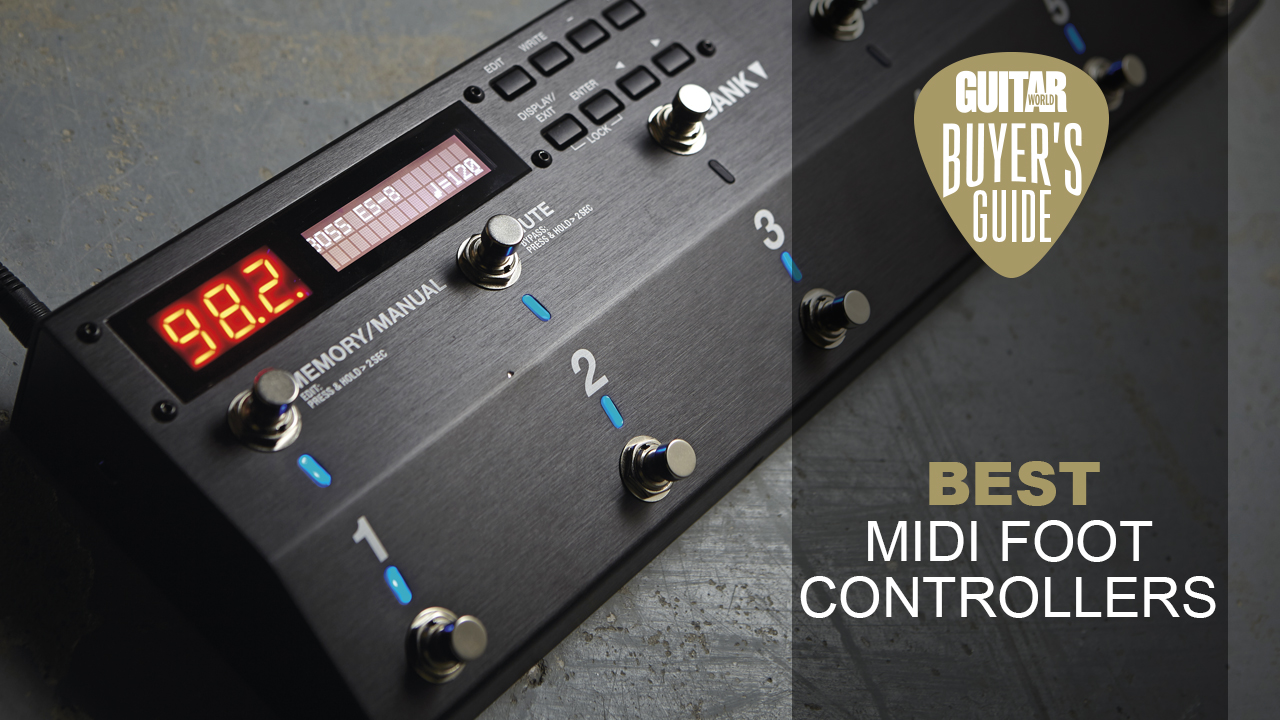Best Orange amps 2025: Add a splash of color to your playing with our pick of Orange amps
We delve into a brightly colored British institution by browsing the best Orange amps on the market
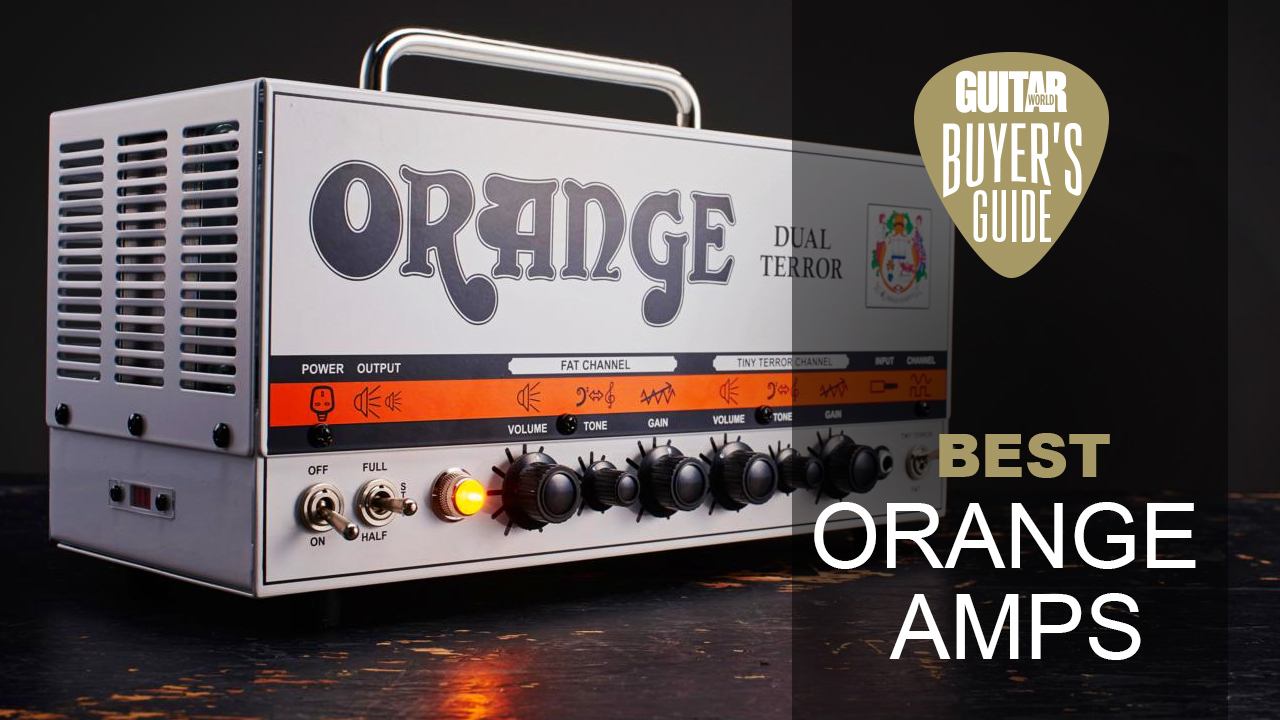
Orange amps have been around since the late 60s and are instantly recognizable due to their brightly colored tolex and slightly different amp shapes. They’ve been used by rock royalty such as Jimmy Page and Peter Green, though they’re also the first choice of many contemporary players in all sorts of different genres. The best Orange amps deliver world-class clean and distorted tones in equal measure.
There are many different Orange amps available, so honing in on the Orange sound for you isn’t so straight-forward, though many players describe them as being fairly bright and mid-focussed, punchy and with a fair amount of low end. They’re superb rock amps as they can provide some massive sounding crunch, even bordering on fuzz when really pushed. The clean tones however are just as good; nice and present with lots of top end sparkle.
You’ll see Orange amps on all manner of stages around the world – a lot of doom metal players choose Orange; and so does Madonna’s guitarist, so that gives you a bit of an idea of their versatility. Their current lineup of amps caters for all sorts of different music, and also many different guitarists; from bedroom players to touring pros.
We’ve put together a list of the best Orange amps on offer today. We know people will have varying budgets when shopping for a new amp, and different players will always look for different features and tones, so we’ve taken all of that into consideration.
Best Orange amps: Guitar World’s choice
It certainly isn’t the cheapest option, but the best Orange guitar amp might have to be the Orange Rockerverb 50 MKiii Head. While it might not be known for its clean sound, it’s got one of the best clean channels on any twin channel amp we’ve heard. The dirty channel can cover all manner of gain tones; from subtle, bluesy crunch all the way up to crushing metal saturation. What the Rockerverb can’t do, we don’t want to know about.
The Orange Dual Terror is also a great amp. It’s packs the legendary Tiny Terror and a slightly higher gain, fatter channel into one relatively compact head, plus it comes in at a great price.
Best Orange amps: Product guide & reviews
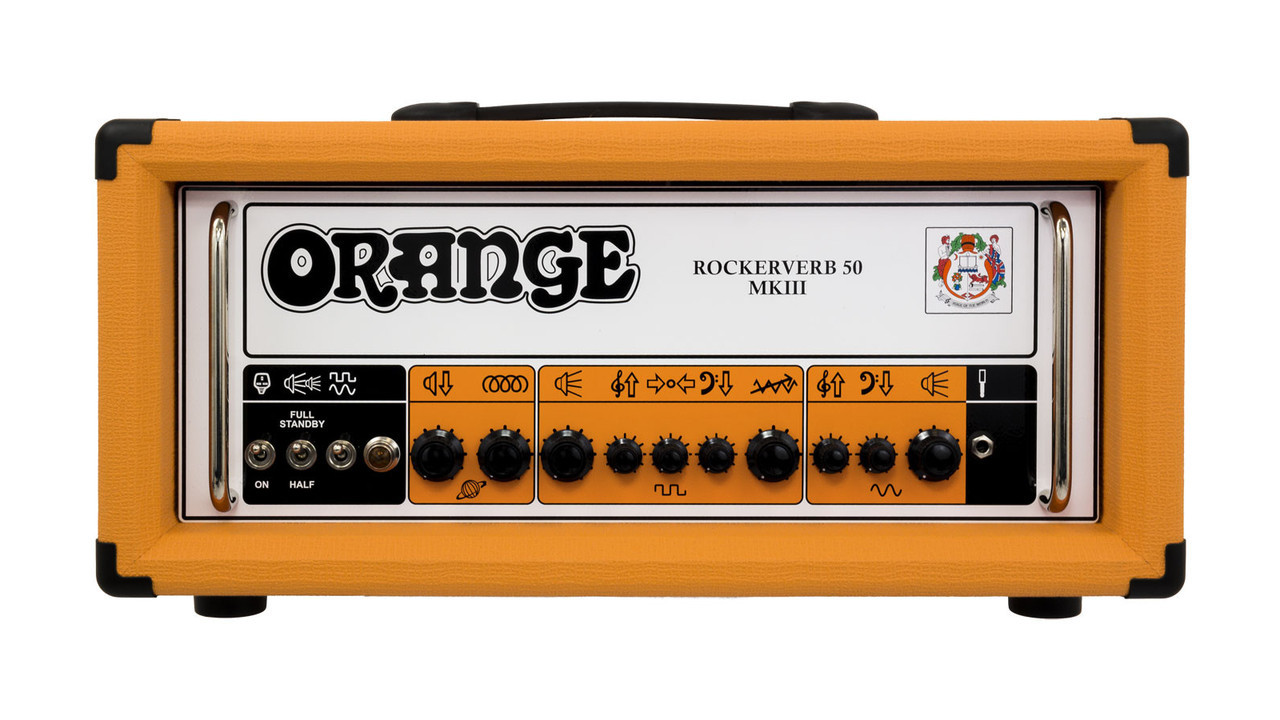
1. Orange Rockerverb 50 MKiii Head
Our expert review:
Specifications
Reasons to buy
Reasons to avoid
The Rockerverb has been around for a good few years now. Its MKiii update really helped level it up and it’s not too much of a stretch to call it one of the best amps in the world. It’s fairly well known for its incredible crunch and high gain tones, but it’s also got one of the best clean tones around - warm, responsive, clear and chimey. Regardless of what electric guitar you’re using through it, you get superb clarity and lots of dynamics.
Blues aficionados, old school classic rockers and metalheads alike have looked to the Rockerverb for their trusty tone. It’s supremely versatile, and the quality of sounds you get from channels is as good as it gets. There are four gain stages that give you a great range of driven tones, plus there’s an on-board valve-driven reverb.
This is a 50W head, though there’s a 25W mode, and a built-in attenuator that comes after the master volume. This lets you run the amp exactly how you like it in terms of gain, but at a massively reduced volume, making it suitable for bedroom practice as well as big gigs. This attenuator is foot-switchable too, so you can use it as a boost for solos.
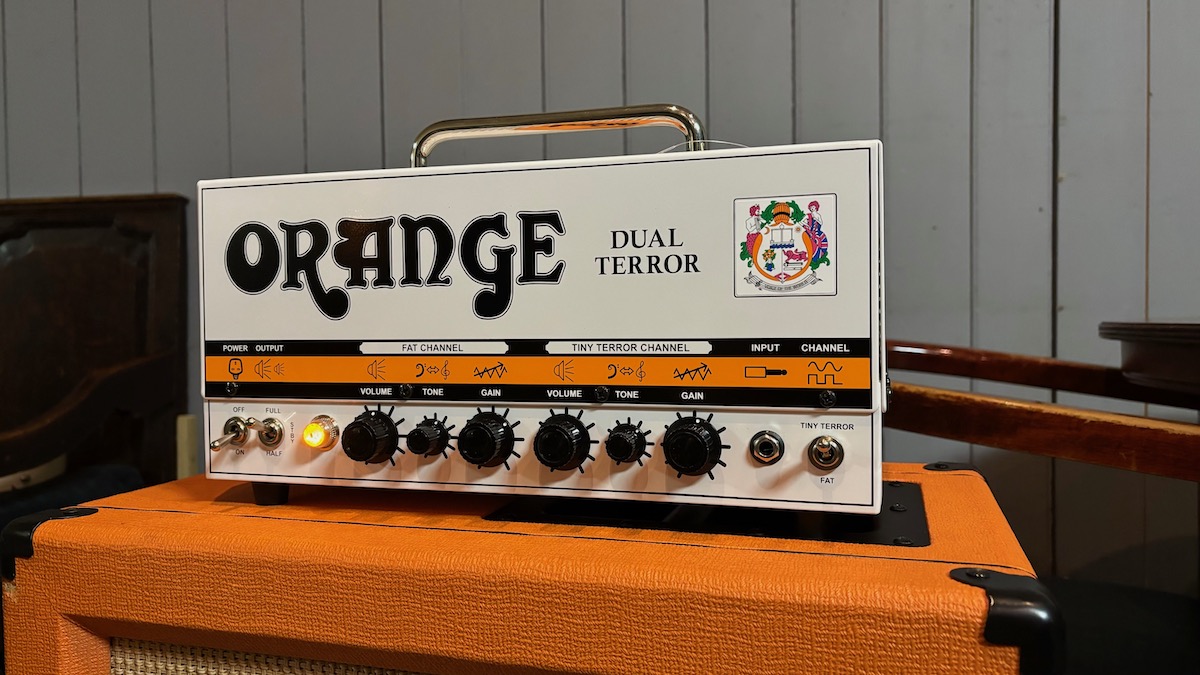
Specifications
Reasons to buy
Reasons to avoid
The Orange Tiny Terror was the amp that kickstarted the whole lunchbox amp craze. While that model has long since been discontinued, the Dual Terror is the Tiny Terror and more. It’s a two channel amp, boasting 30W of tube power, with the option of knocking it down to 15W and 7W for more practice-friendly volumes.
The first channel is the TT sound we have grown to know and love; from cleans, through to nice, bright crunch and medium/heavy distortion, it’s versatile and well rounded. The Fat Channel has a little more gain, and has been voiced a little differently so that it’s a touch warmer. The channels are foot-switchable too, with individual volume controls, making this the perfect portable and lightweight live performance tool.
Read our full Orange Dual terror review
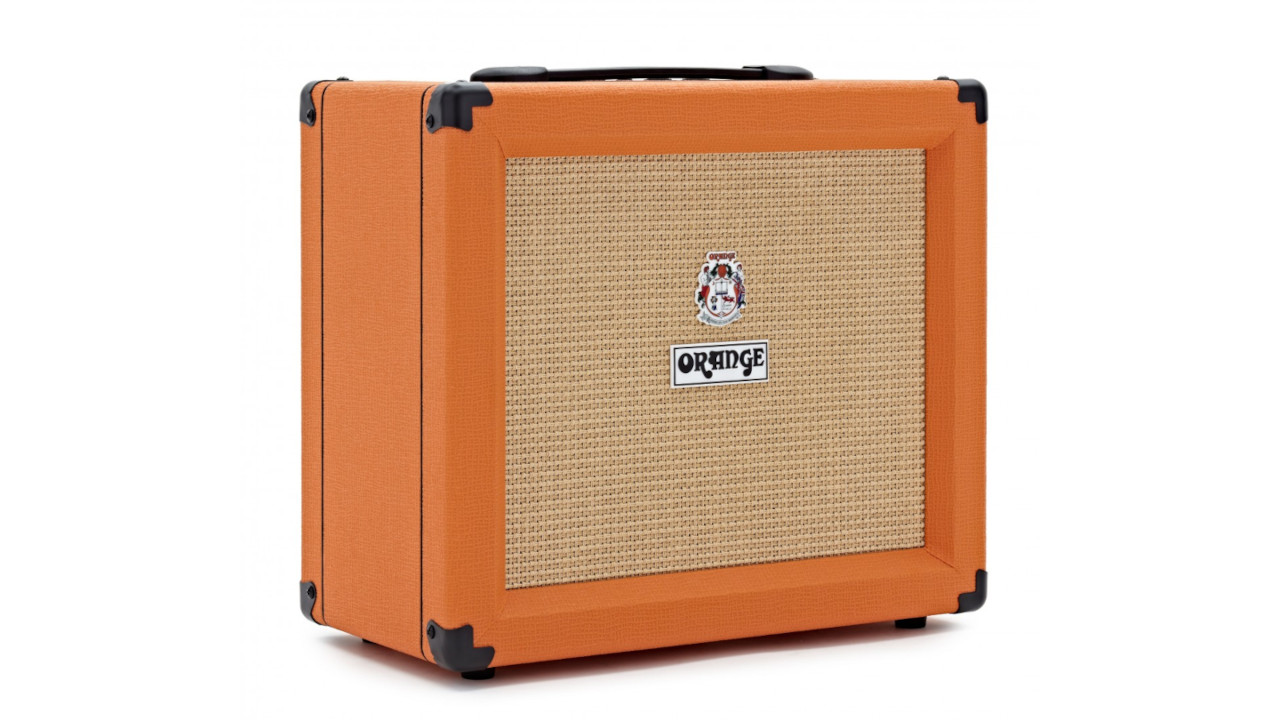
3. Orange Crush 35RT
Our expert review:
Specifications
Reasons to buy
Reasons to avoid
While it’s hard to deny the popularity of digital amps, Orange have stuck to their guns and refrained from putting any sort of modelling technology into their more wallet-friendly Crush range. In fact, they went the other way a few years ago and updated them with all analogue circuitry. The result is lovely, warm, organic and responsive tone on both the clean and dirty channels.
The gain knob has quite a wide scope for different tones, covering everything from mild, bluesy crunch all the way up to crushing metal tones. It’s versatile and dynamic - it’s actually easy to forget that this is solid state amp at all. The on board reverb sounds great, plus the built-in tuner will come in handy, especially for beginners as it saves having to fork out for another piece of gear.
Read the Orange Crush 35RT review
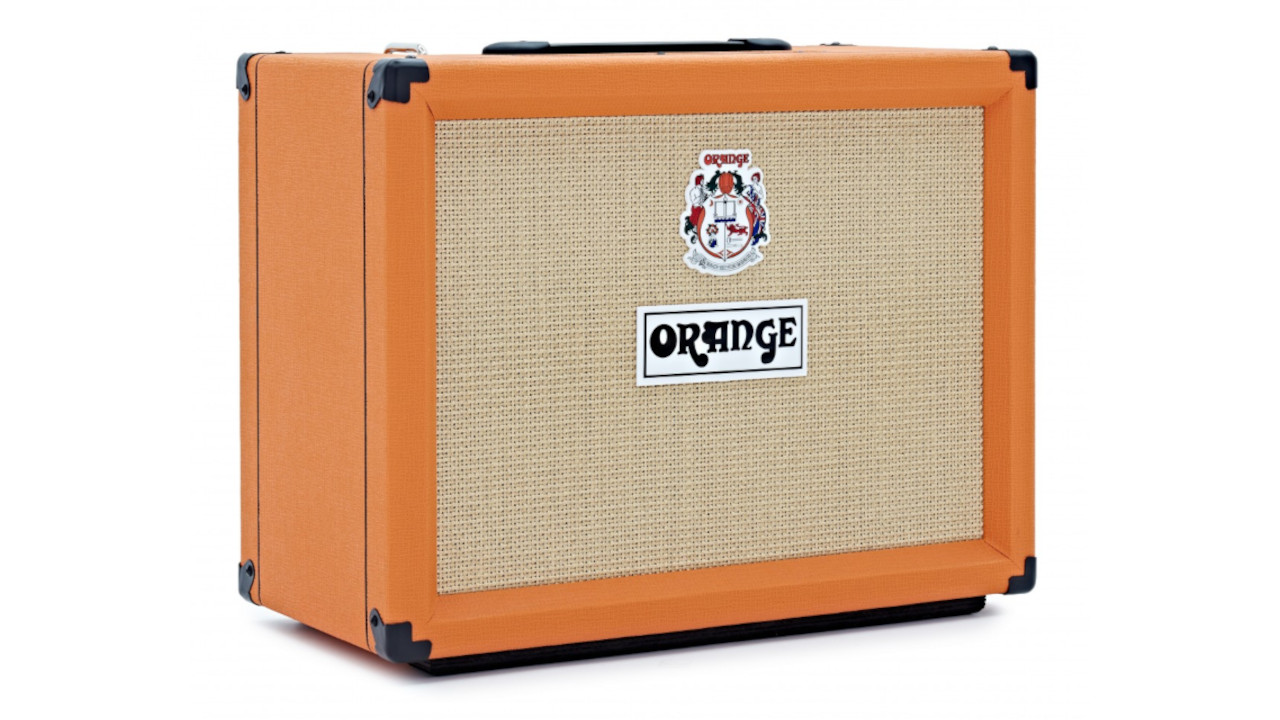
4. Orange Rocker 32
Our expert review:
Specifications
Reasons to buy
Reasons to avoid
There’s a lot going on under the hood of this unassuming 2x10 combo. It’s a two channel 30W tube amp, featuring four EL84s in the power section for some pretty decent clean headroom, should you want it.
The first channel sports only a single volume control and is a superb pedal platform. The second channel might seem like more familiar territory with controls for gain, volume and a three band EQ. Like with many other Orange amps, you’re able to halve the power to 15W, enabling you to drive the power section at more manageable volumes.
Where the Rocker 32 gets really interesting is in the effects loop. It’s got a regular effects send, but there are two returns letting you run this single amp in stereo. If you’ve got stereo effects pedals, you can utilise their full potential by using them alongside the two speakers. You can also run it so that one speaker has your dry signal, and the other has your effected tone.
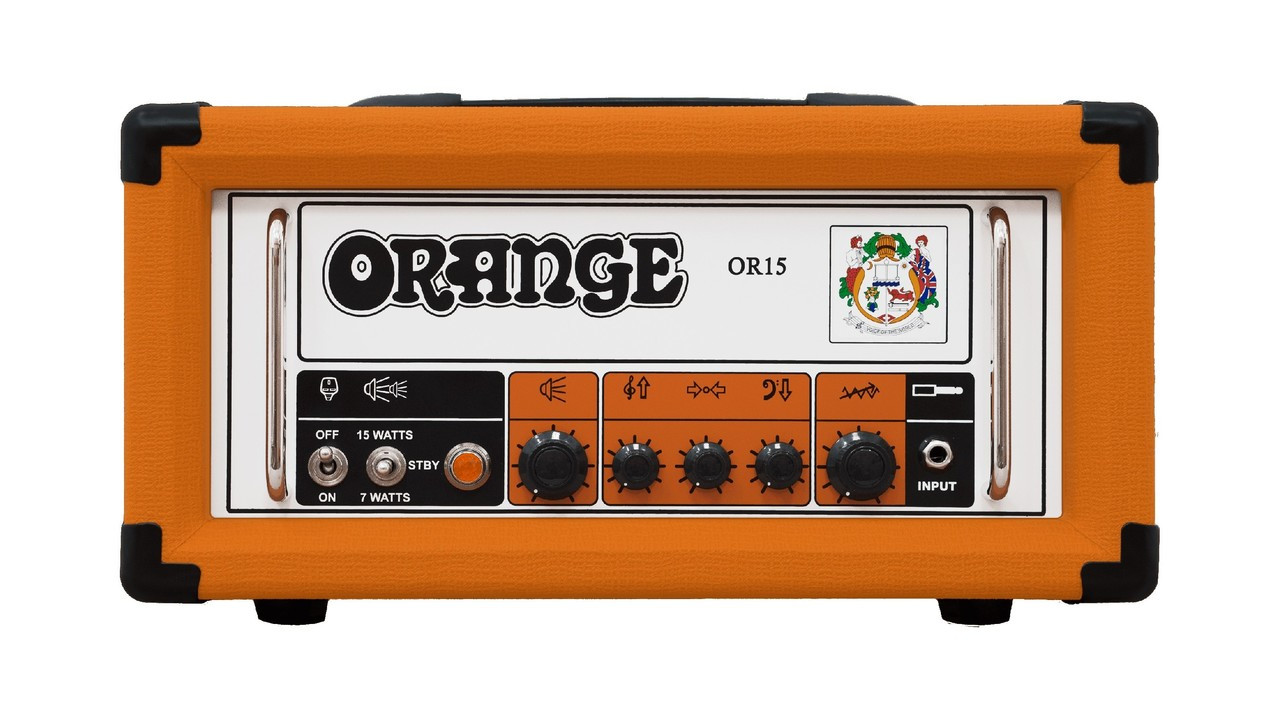
5. Orange OR15
Our expert review:
Specifications
Reasons to buy
Reasons to avoid
This is a super easy to use single channel amp with an output of either 15W or 7W. With only knobs for volume, gain and a three band EQ, it’s great as a set and play type of amp. Find your sound, and stick with it - some players like to set this amp slightly breaking up and use pedals to do the rest but we love the sound of it when the tubes are really cooking. It’s got a superb sounding overdrive that can morph into a fairly heavy sounding distortion when dialled in.
It’s not the most versatile amp Orange make, but what the OR15 does, it does really well - that is, great sounding crunch and distortion. There’s a valve-buffered effects loop on the back - handy for those using external units for modulations, delays etc and its size makes it relatively portable - it’s not quite a lunchbox amp, but it isn’t far off.
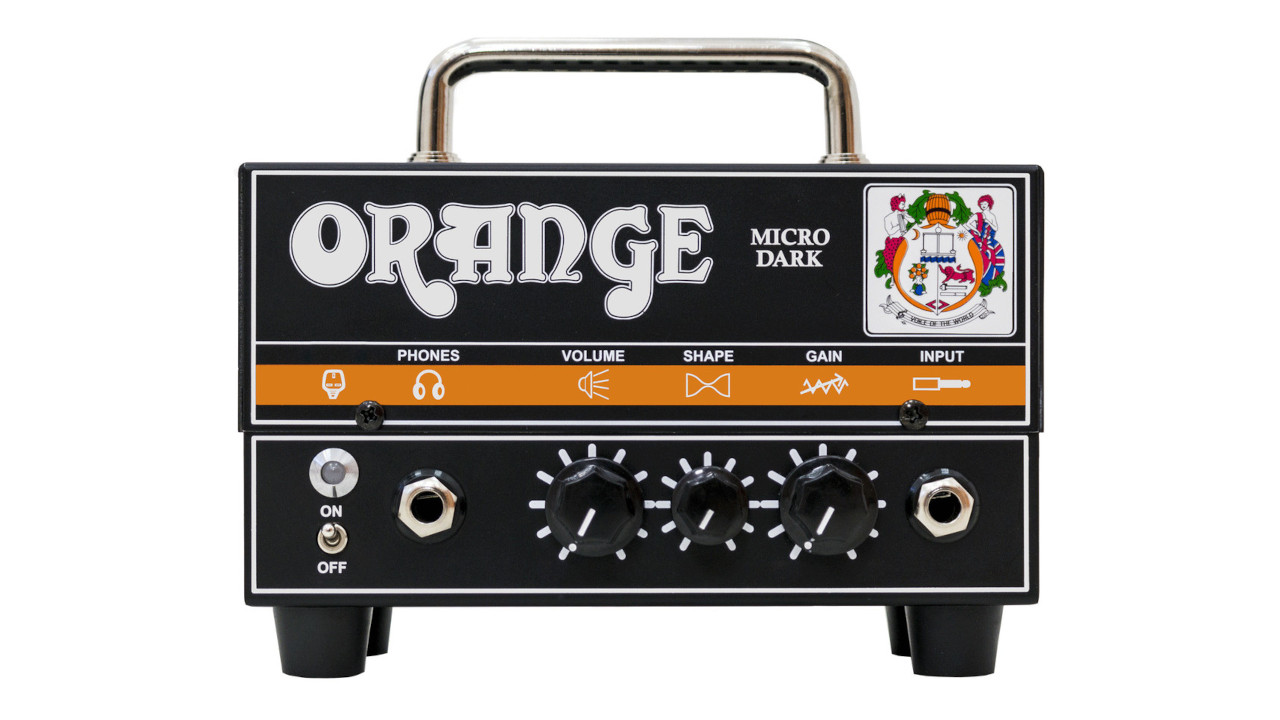
6. Orange Micro Dark
Our expert review:
Specifications
Reasons to buy
Reasons to avoid
Don’t let the size of this little head fool you as it packs a pretty mighty punch. The three knobs can give you a surprisingly wide variety of tones - it cleans up nicely, but you’ll more than likely want to take advantage of the gain that’s on offer. While it’s undoubtedly a great choice for metal players, it’s more than just a hard rocker’s amp, with some lovely vintage style tones lurking inside too.
The single 12AX7 in the preamp offers a touch of tube warmth and touch responsiveness, and the buffered effects loop will no doubt please pedal users. There is a matching 1x8” cab that goes with the head, but it sounds even better through a 2x12 or 4x12 - not bad for something that will fit in most gig bags!
Read the Orange Micro Dark review
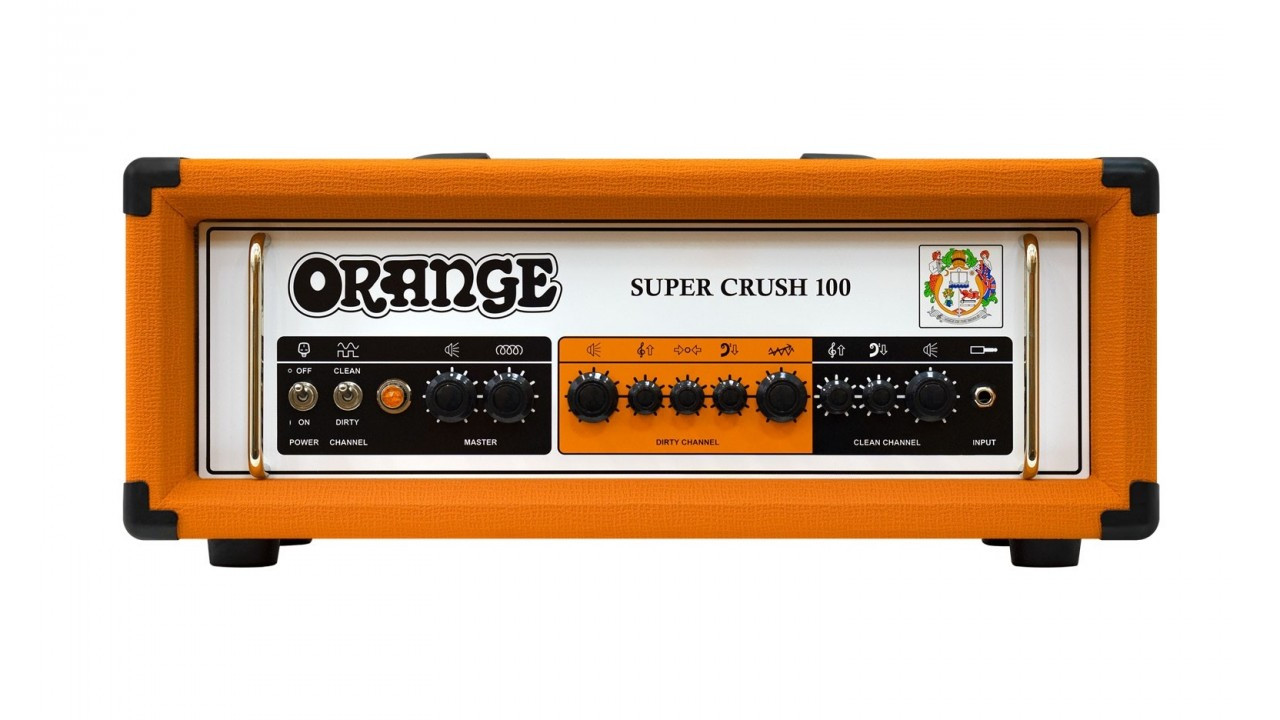
7. Orange Super Crush 100
Our expert review:
Specifications
Reasons to buy
Reasons to avoid
Based on their flagship Rockerverb amp, the Super Crush 100 head features a new and improved design. With a single-ended, two channel JFET preamp design and 100W class A/B power amp, this head delivers massive, punchy tones suitable for a range of players. Though it’s a fully solid state design, the Super Crush 100 really does sound and feel like a good tube amp with great dynamics and touch responsiveness.
Whether you’re seeking warm and full clean tones, bitey, bluesy crunch or full-on, heavy distortion, you’re covered. It being solid state, there’s a ton of headroom and at 100W, you’ve got plenty of volume on tap for gigs. There’s a great built-in reverb, buffered effects loop and CabSim enabled XLR output which allows you to run a feed direct to front of house and get a perfect sound every night.
Read the Orange Super Crush review
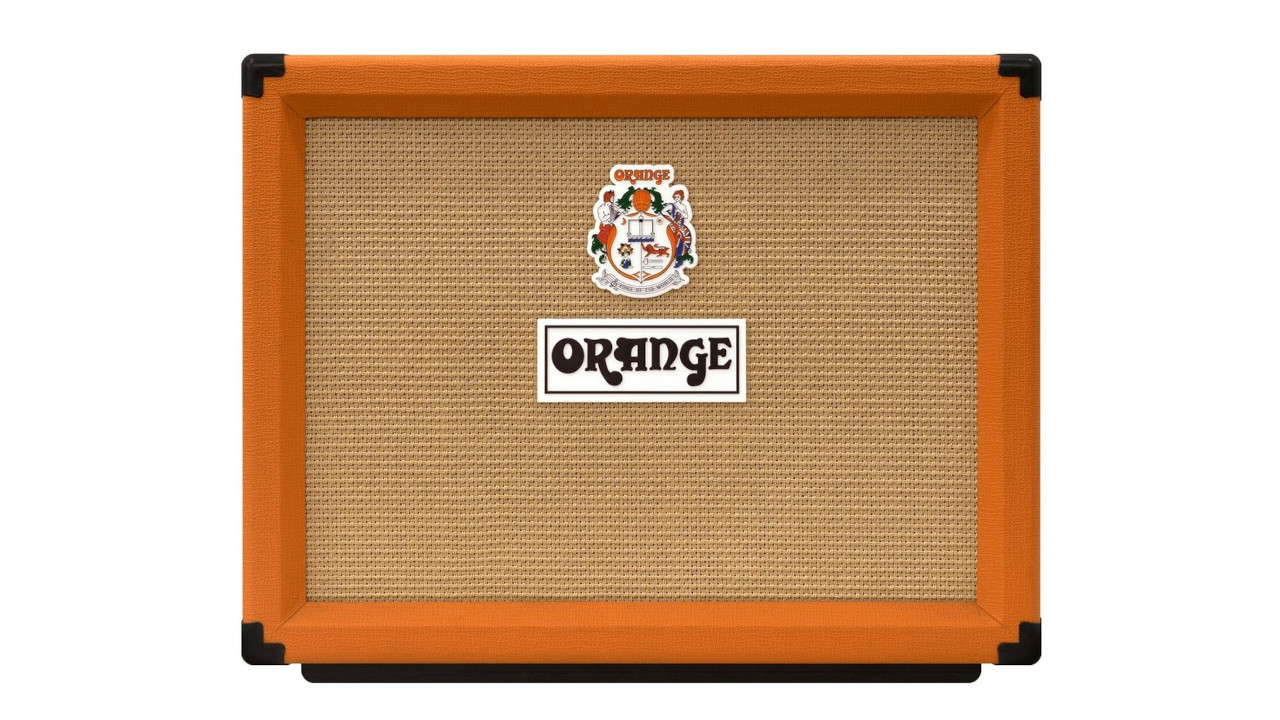
8. Orange Tremlord 30
Our expert review:
Specifications
Reasons to buy
Reasons to avoid
The Tremlord does away with any preconceived ideas you’ve got about Orange amps. It’s inspired by American amps of the 1950s, and provides players with warm, vintage style clean tones with lots of headroom. Four EL84s and a 200W 12” Lavoce speaker allow for the cleanest of guitar sounds even at high volumes.
However, should you want a dirty tone from it, you can easily get that - the Tremlord is packed full of nifty features. It’s equipped with a half power switch that reduces the output to 15W. There’s also a headroom/bedroom switch - the latter lets you run the amp at either 1W or 2W, letting you drive the volume for some authentic vintage style tube breakup. It’s not a high gain amp by any means, more of a bluesy style overdrive.
You’ve also got a tube-driven spring reverb and two different tremolo options that can be selected via footswitch.
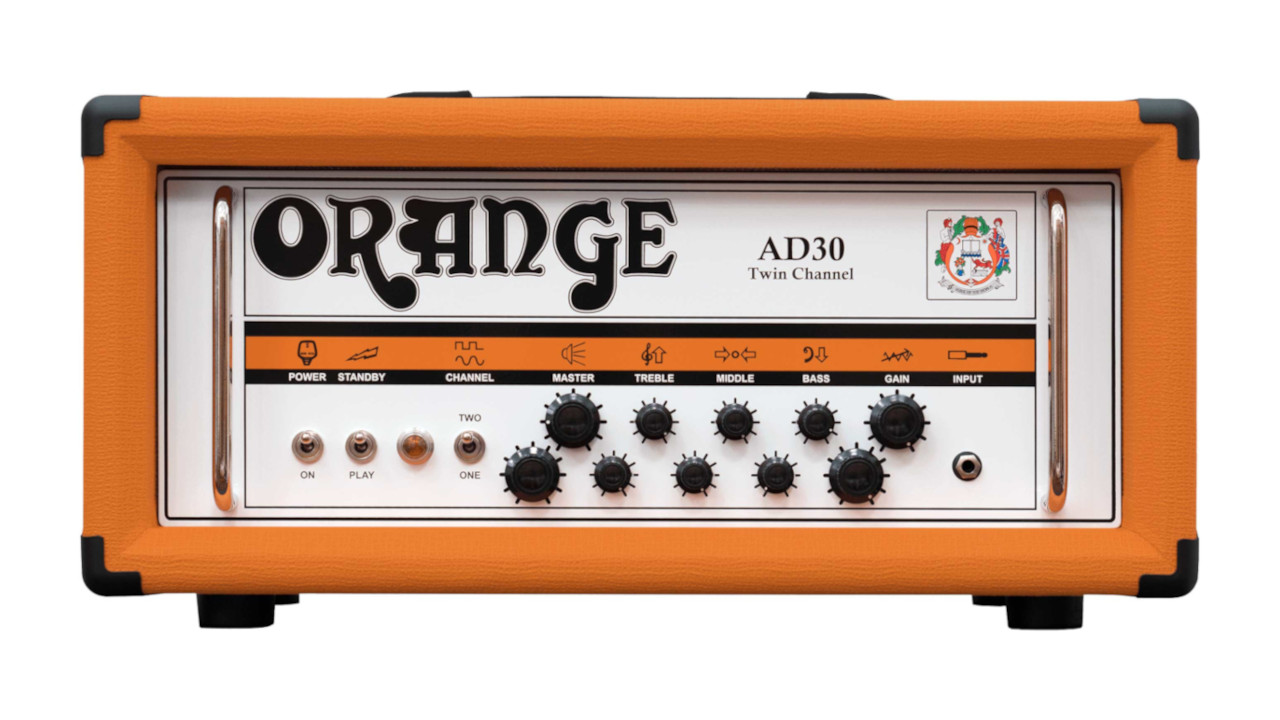
9. Orange AD30
Our expert review:
Specifications
Reasons to buy
Reasons to avoid
This is a really old-school, twin channel, Class A tube amp, bursting with all the vintage chime, crunch and punch you could ask for. The Rockerverb covers pretty much all ground really well, whereas the AD30 finds its niche, nails it and sticks with it.
It’s a very typically British sounding amp - think of all the things you love about Vox and Marshall amps, combine them and you’ll sort of be in the right ball park. The two channels work really well together - they’re completely independent and allow you to set one as your main rhythm sound, and the other as a boost. Or you can set them as very different sounding channels; whatever works for you. Channel 2 is like a slightly more aggressive version of Channel 1. The AD30 also features a valve rectifier which provides a lot of its distinctive feel, giving players lovely, natural compression and sag.
Best Orange amps: Buying advice
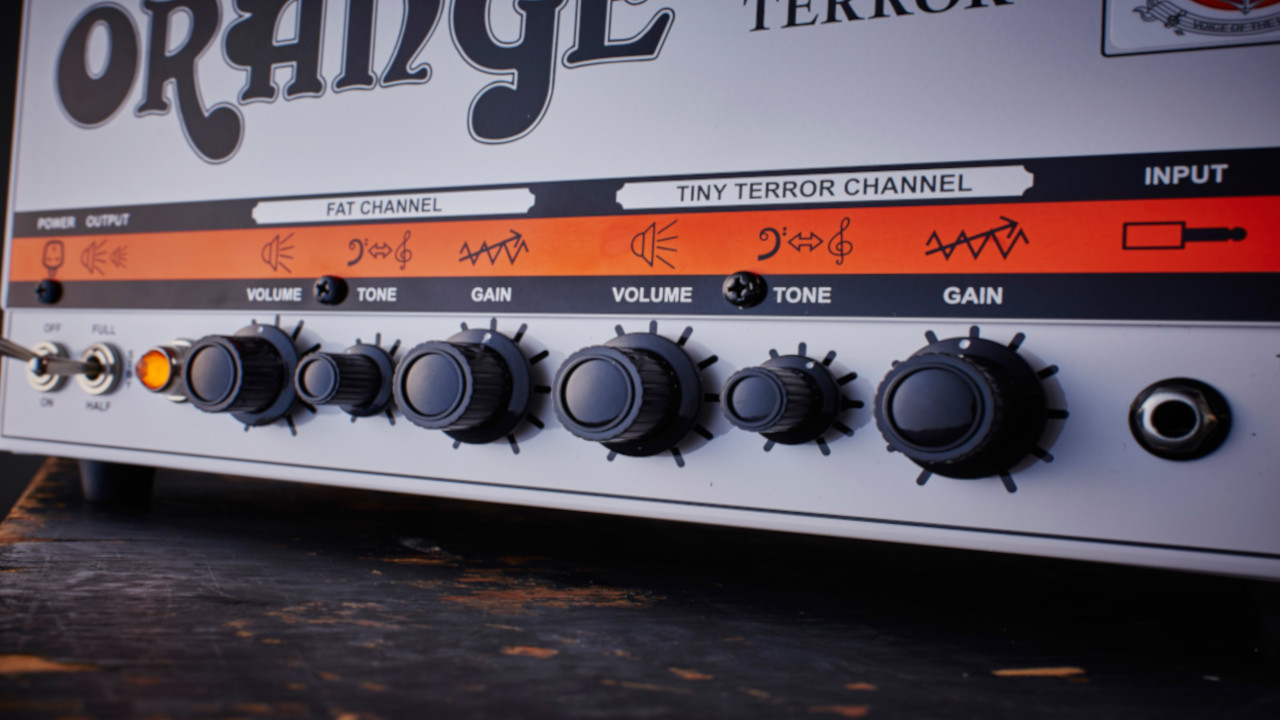
So, you’re looking for the best Orange amp for guitar. What’s going to be the best choice for you will depend on what sort of amp you need, where you’re going to be playing, what sort of sound you want and many more variables. Here are a few key considerations to make before parting with your cash.
Tube vs Solid State
You can trust Guitar World
Orange are known for their tube amps. It’s how they made their name in the late 60s and 70s, and a lot of what players love about Orange is all to do with what the tubes do to your guitar’s signal. Tube amps add some warmth and natural compression to your sound, and they respond really well to picking dynamics. They will also distort organically as you push them harder, giving you a lovely overdriven tone.
That said, Orange now make some really good solid state models. What they’ve tried to do is pack the tube sound and response into their solid state amps, so that you can get the famed Orange sound in a lighter and more affordable package. All of Orange’s current solid state amps feature analogue circuitry too, so there’s no digital technology involved, unlike some other amp brands.
Head vs Combo
When you’re looking for a new amp, you’ll have to think about whether you want a head or a combo. A combo amp is both the amp and the speaker, so everything you need to get a sound is in one unit. This mean you’ve only got one thing to carry around if you’re playing in different places.
A head requires a separate speaker cabinet to get any sound from it so your rig will consist of a head and a cab. Some venues already have cabs there, and if you’re supporting other bands - they will often provide cabs, so sometimes you can get away with taking just your head. A head and cab also makes it easier to experiment with different speakers and configurations.
Orange make many of their models as both heads and combos, so if you like one of the options on this list, but want it in a different format, it might well be available.
Channels
Unlike some other amp brands, Orange don’t tend to offer various different voicings within multi-channel amps. Instead they go for a more straight forward approach with either single or dual channel amps. Sometimes, there might be a foot-switchable attenuator boost for solos.
If you’re a straight-forward player that maybe likes to get different sounds with either pedals or by playing with the volume and tone knobs on your guitar, then a single channel amp might work really well. For those that like a clean and dirty channel, a twin channel amp would be better.
Wattage
The wattage of the amp essentially relates to how loud it’s going to be. If you need lots of volume, or you like to have plenty of clean headroom, without the amp breaking up then look for something with more power. Many Orange amps nowadays have a really useful feature where you can halve the output power allowing you to still push the tubes, but get less volume so it’s not as deafeningly loud. Some even have a headroom/bedroom switch that lets you knock the volume down even more for home use.
Related buyer's guides
- The best budget guitar amps under $500: top beginner amps
- Best guitar amps under $1,000: 10 top combo amps and heads
- The best desktop guitar amps you can buy today
- Turn it up while keeping it down with the best headphone amps for guitar
- Take a closer look at the best amp modelers for guitarists
- Our pick of the best Marshall amps for rock and beyond
- Best Blackstar amps: Practice amps to studio quality gear
Get The Pick Newsletter
All the latest guitar news, interviews, lessons, reviews, deals and more, direct to your inbox!
After spending a decade in music retail, I’m now a freelance writer for Guitar World, MusicRadar, Guitar Player and Reverb, specialising in electric and acoustic guitars, bass, and almost anything else you can make a tune with. When my head’s not buried in the best of modern and vintage gear, I run a small company helping musicians with songwriting, production and performance, and I play bass in an alt-rock band.
"I never use my tube amp at home now, because I have a Spark Live": 5 reasons you should be picking up the Positive Grid Spark Live in the massive Guitar Month sale
“Our goal is to stay at the forefront of amplification innovation”: How Seymour Duncan set out to create the ultimate bass amp solution by pushing its PowerStage lineup to greater heights

